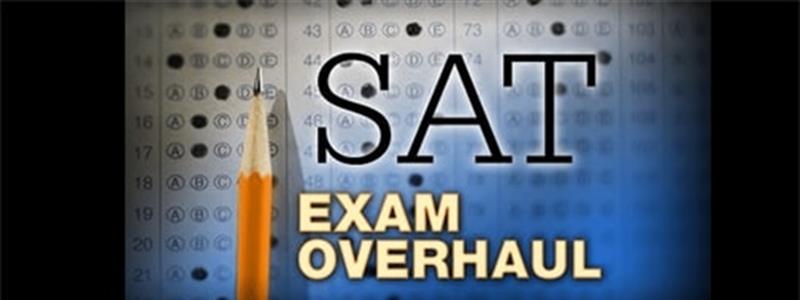With the forthcoming changes to the SAT®, many families might be confused about what this means for their students. We want to assure you that we are well prepared for the transition.
Here are a few important key points to keep in mind in the coming months:
- The new SAT® will first be given in March 2016.
- The old divat test will continue to be given through January 2016, so members of the class of 2017 who wish to take the old divat SAT® may still do so until then.
- The PSAT given in October 2015 will be in the new divat (scroll down to learn more about new PSAT).
There are many quick facts that are important for families and students to know:
- Reading and Writing will be combined into one section called Evidence-Based Reading and Writing
- Reading and Writing sections will incorporate date interpretation questions
- Scores will revert from the 600-2400 scale to the 400-1600 scale
- The essay will be its own section and will be optional
- Math will now have a section eliminating the use of calculators
- Math sections will add some higher level concepts
- There will be no penalty for guessing
Below please find an overview of the sections of the new SAT® test:

Here are details about the new test sections:
READING:
- No longer contains vocabulary-dependent Sentence Completion questions
- Will contain 5 reading passages with 10-11 questions each
- Passages will be generally similar to those seen on the old SAT®
- Some questions will focus on providing textual evidence for answers
- Some passages may contain data representations like tables and graphs
WRITING & LANGUAGE:
- Will present questions in the context of a larger passage, rather than the disconnected sentences in the current SAT®
- Format is very similar to that of the ACT English test, and many of the same concepts are tested
- Some passages may contain data representation like tables and graphs
MATH:
- Will contain two sections: one in which calculators are permitted and one in which they are not (the current SAT® allows calculators on all Math sections)
- Content will overlap with old SAT® in many ways, but focus will shift away from abstract reasoning questions twoard math seen at school
- Content heavy weighted towards algebra (62% of test) and statistics (28% of test), with Geometry and Trigonometry making up only 10% of the test
ESSAY:
- Will now be separate from the rest of Reading and Writing
- Essay will be optional
- Prompt will be radically different from the old SAT® essay
- Students will be given a passage and asked to discuss and analyze its contents
What about Practice tests? The College Board will eventually release full-length practice tests for both the new SAT® and new PSAT. A new edition of their book The Official SAT®Study Guide will be released in the summer of 2015.
CONSIDER TAKING THE ACT! White there are still many unknowns when it comes to the new SAT® (the College Board has not yet released a full length sample test), the ACT will remain relatively unchanged.
In general, it’s not that we recommend one test over the other, but as colleges look to both tests equally, you should consider the well-established ACT as an alternative to the new SAT®.
CHANGES TO THE PSAT: The PSAT will also change divats in similar ways:
- Slightly shorter than the new SAT® (138 questions in 165 minutes)
- Will not have an essay
- First new PSAT to be given in October 2015

